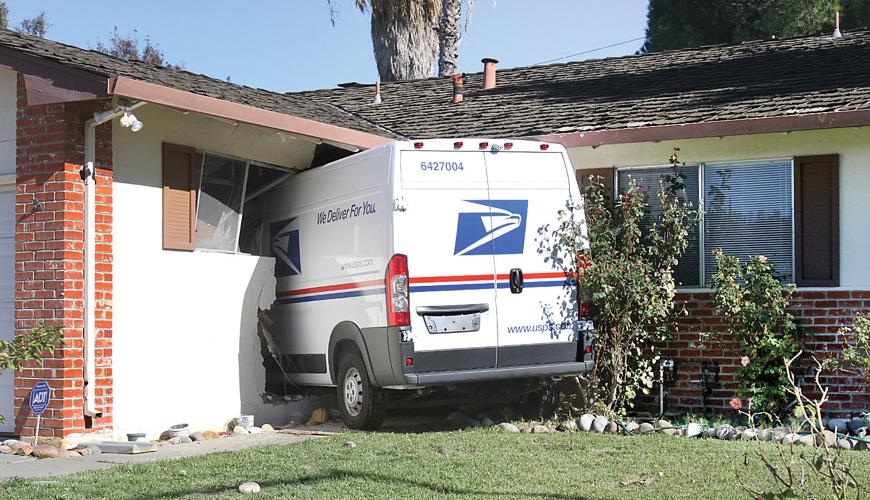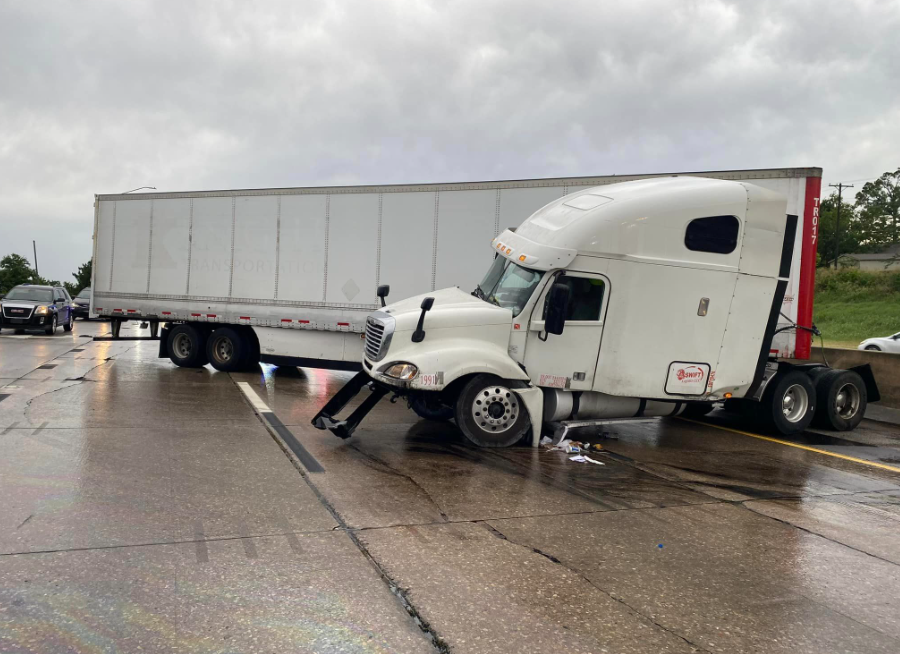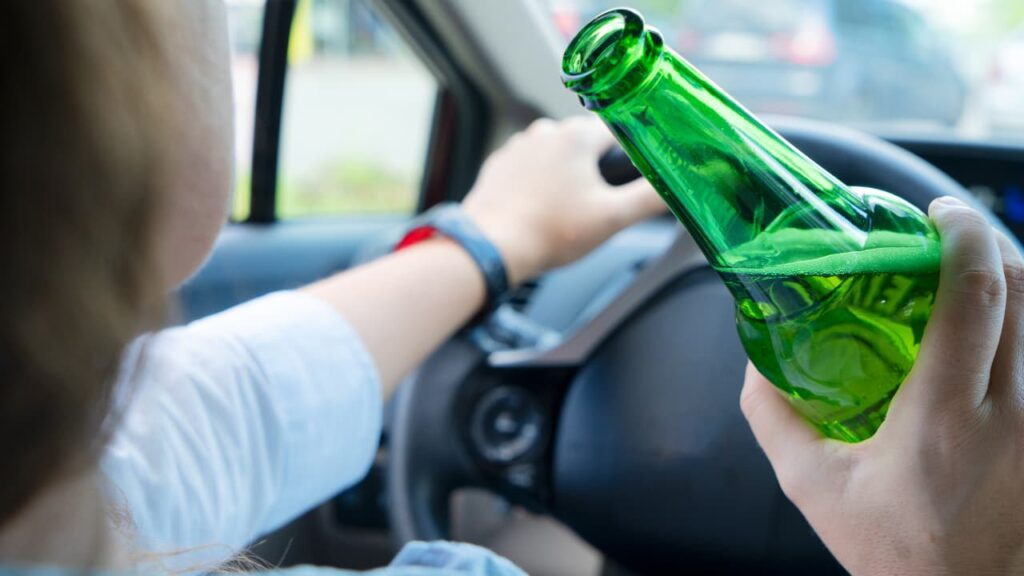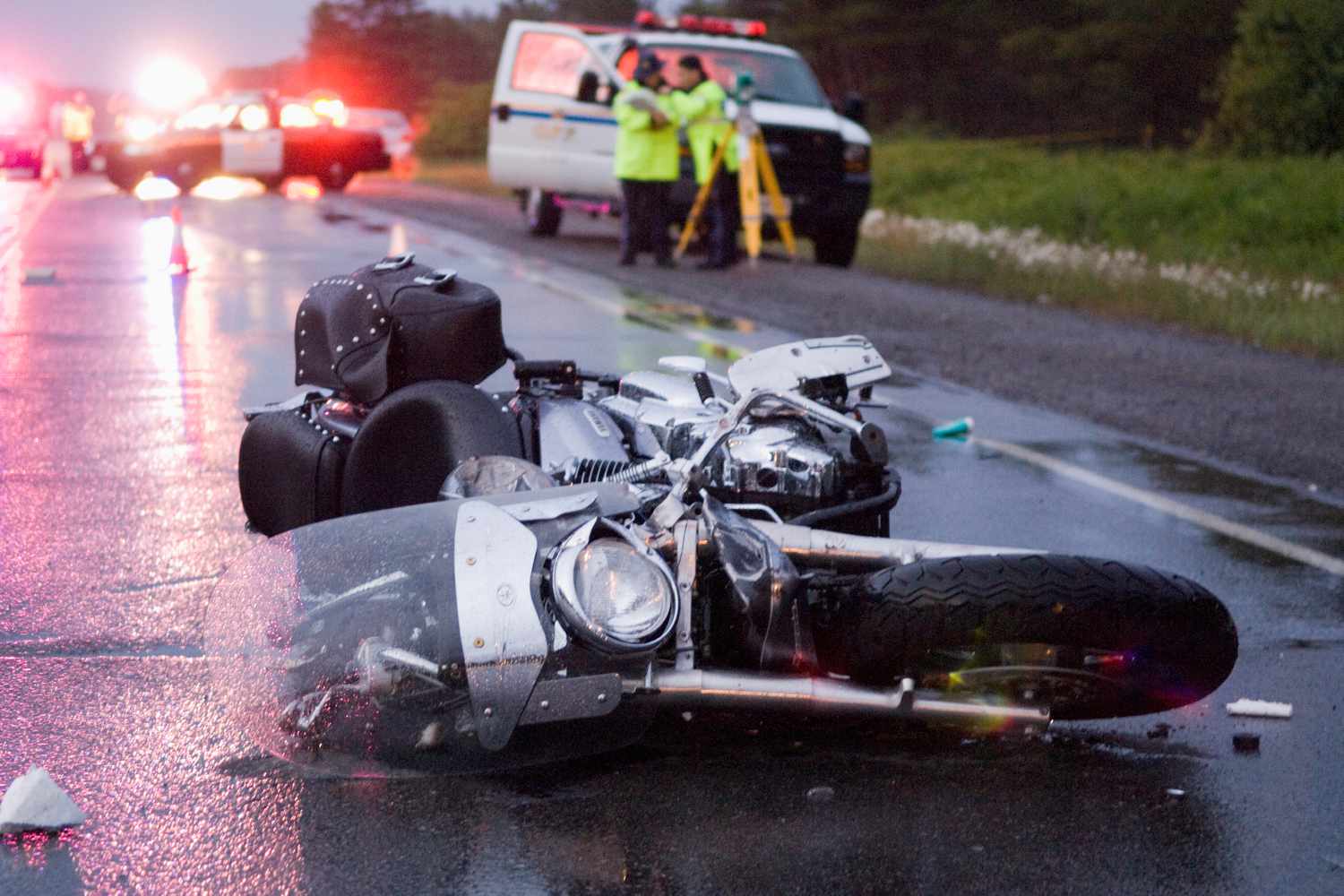
Evidence
Evidence is the foundation of any legal case, including personal injury claims. It encompasses the information, documents, and testimony presented to prove or disprove an argument in court. In personal injury cases, evidence is used to establish fault, demonstrate the extent of injuries, and calculate damages. The strength and relevance of the evidence can significantly impact the outcome of a claim, making it essential to gather and present it effectively. At 770GoodLaw, we meticulously collect and organize evidence to build strong, compelling cases for our clients, ensuring they receive the justice and compensation they deserve.
Types of Evidence in Personal Injury Cases
Evidence in personal injury cases falls into several categories, each serving a specific purpose in proving liability and damages. Common types of evidence include:
- Physical Evidence: Tangible items such as damaged vehicles, defective products, or hazardous conditions at an accident scene can demonstrate the cause of an injury.
- Documentary Evidence: Documents like medical records, police reports, employment records, and photographs provide critical details about the incident and its aftermath.
- Testimonial Evidence: Statements from witnesses, victims, and experts provide firsthand accounts or professional opinions that support the claims.
- Video and Photographic Evidence: Surveillance footage, dashcam videos, and accident scene photographs visually illustrate events leading up to and following the accident.
- Medical Evidence: Detailed medical records, diagnostic tests, and physician reports establish the nature and severity of the injuries, treatment plans, and long-term prognosis.
- Expert Testimony: Insights from professionals, such as accident reconstructionists or financial analysts, clarify technical aspects and strengthen the case.
Role of Evidence in Personal Injury Cases
Evidence is critical for establishing key elements of a personal injury claim, including liability, causation, and damages. Its role includes:
-
Proving Liability: Evidence such as police reports, eyewitness testimony, and video footage helps demonstrate the at-fault party’s negligence or wrongdoing.
-
Establishing Causation: Medical records and expert testimony connect the accident to the injuries, showing that the defendant’s actions directly caused harm.
-
Quantifying Damages: Financial documents, medical bills, and expert evaluations are used to calculate economic and non-economic losses, ensuring fair compensation.
-
Refuting Defenses: Evidence can counter arguments made by the defense, such as claims of shared fault or pre-existing conditions.
Collecting Evidence for a Personal Injury Case
Gathering comprehensive evidence is essential to building a strong case. Key steps in the evidence collection process include:
- Documenting the Accident Scene: Photographs, videos, and sketches of the accident scene capture important details, such as road conditions, hazards, and damage.
- Obtaining Medical Records: Detailed records of diagnoses, treatments, and recovery progress are critical for demonstrating the impact of the injuries.
- Securing Witness Statements: Statements from eyewitnesses provide an unbiased perspective on the events leading up to and following the accident.
- Requesting Official Reports: Police reports and incident reports often include valuable information, such as the responding officer’s observations and any citations issued.
- Preserving Physical Evidence: Items such as damaged vehicles, defective products, or torn clothing should be preserved to demonstrate the physical impact of the accident.
- Engaging Experts: Professionals such as medical experts, engineers, or accident reconstructionists can analyze evidence and provide testimony to support the case.
Challenges in Using Evidence
Using evidence effectively can be challenging, especially in complex personal injury cases. Common challenges include:
-
Disputes Over Relevance: The opposing party may argue that certain evidence is irrelevant or inadmissible, requiring strong legal arguments to defend its inclusion.
-
Incomplete or Missing Evidence: Delays in gathering evidence or failure to preserve critical items can weaken the case and limit the available proof.
-
Contradictory Evidence: Evidence presented by the defense, such as opposing expert opinions or conflicting witness statements, may complicate the case.
-
Privacy Concerns: Accessing medical records or other personal information may raise privacy issues, requiring careful handling to balance transparency with confidentiality.
How Evidence Strengthens a Personal Injury Case
The quality and presentation of evidence are key factors in achieving a favorable outcome in a personal injury case. Evidence strengthens claims by:
-
Establishing a Clear Narrative: Comprehensive evidence provides a detailed account of the accident, injuries, and resulting damages, creating a compelling case for compensation.
-
Bolstering Credibility: Objective, well-documented evidence lends credibility to the plaintiff’s claims, making them more persuasive to judges, juries, or insurance adjusters.
-
Encouraging Fair Settlements: Strong evidence often leads to higher settlement offers, as it demonstrates the likelihood of success at trial.
-
Enhancing Jury Understanding: Visual aids, expert testimony, and clear documentation help jurors grasp complex aspects of the case, such as medical conditions or financial losses.
How 770GoodLaw Assists Clients with Evidence Collection and Presentation
At 770GoodLaw, we recognize the critical role of evidence in personal injury cases and provide comprehensive support for clients in gathering and presenting it. Our approach includes:
- Thorough Investigation: We conduct detailed investigations to collect all relevant evidence, including accident reports, medical records, and witness statements.
- Collaborating with Experts: Our team works with trusted professionals to analyze evidence and provide expert opinions that strengthen the case.
- Preserving Evidence: We ensure that physical evidence is properly preserved and documented to avoid disputes over its authenticity or condition.
- Challenging Opposing Evidence: When the defense presents contradictory evidence, we scrutinize its validity and present counterarguments to protect our clients’ interests.
- Crafting a Persuasive Narrative: We organize and present evidence in a clear, compelling manner, ensuring that judges, juries, and insurance adjusters understand the full impact of the injuries.
Importance of Legal Representation in Evidence Handling
Effectively gathering, analyzing, and presenting evidence requires legal expertise and meticulous attention to detail. Skilled legal representation ensures that all relevant evidence is included, inadmissible evidence is excluded, and the client’s case is presented in the strongest possible light. At 770GoodLaw, we are dedicated to building solid cases for our clients, leveraging evidence to secure justice and fair compensation.
Why Choose 770GoodLaw for Personal Injury Cases Involving Evidence
Our commitment to Relentless Reliability and Sincetegrity drives us to provide exceptional, client-focused representation. At 770GoodLaw, we work tirelessly to gather critical evidence, protect our clients’ rights, and achieve favorable outcomes in every case.






